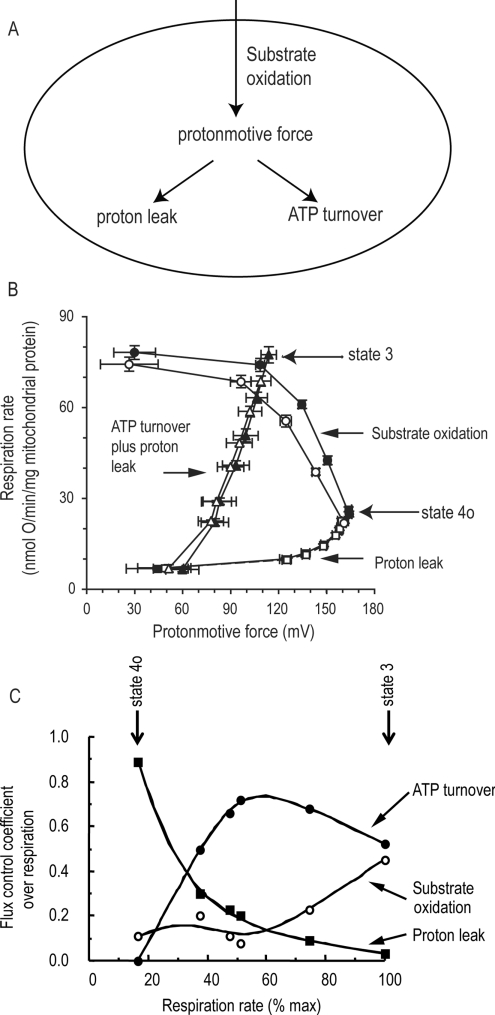Figure 2. Modular kinetic analysis and modular control analysis.
(A) Three modules of mitochondrial energy metabolism in isolated mitochondria or in intact cells connected by pmf. ‘Substrate oxidation’ consists of all reactions involved in substrate uptake, metabolism and electron transport, and generates pmf. ‘ATP turnover’ consists of all reactions involved in phosphorylation of ADP to ATP and the export and turnover of ATP in the extramitochondrial space, and consumes pmf. ‘Proton leak’ consists of all other reactions that consume pmf. The proton current through the system, measured as respiration rate, is generated by substrate oxidation, flows through pmf and is then divided between proton leak and ATP turnover. (B) Modular kinetic analysis of the three modules in mitochondria from A549.B2 human lung carcinoma cells. The three curves with filled symbols show the kinetic responses of the rates of each of the three modules in (A) to their common intermediate, pmf. Succinate (4 mM) was present as the substrate. The response of substrate oxidation rate to pmf was determined by titration of proton leak with FCCP; the response of proton leak to pmf was determined by titration of substrate oxidation with malonate, and the response of ATP turnover plus proton leak to pmf was determined by titration of state 3 respiration with malonate (the response of ATP turnover alone can be calculated by subtraction of the proton leak curve). Filled symbols, control; open symbols, plus 25 nM myxothiazol. In the presence of myxothiazol, the kinetics of substrate oxidation were significantly different at membrane potentials above 98 mV. Redrawn from [33] © the Biochemical Society. (C) Flux control coefficients of the three modules over respiration rate in rat liver mitochondria at different rates of oxidative phosphorylation (varied by titration with hexokinase in the presence of ATP), calculated from titrations similar to those in (B). The flux control coefficients describe quantitatively how strongly each of the modules in (A) controls the respiration rate under each defined condition. Redrawn from [107] © the Biochemical Society; data from [21].

